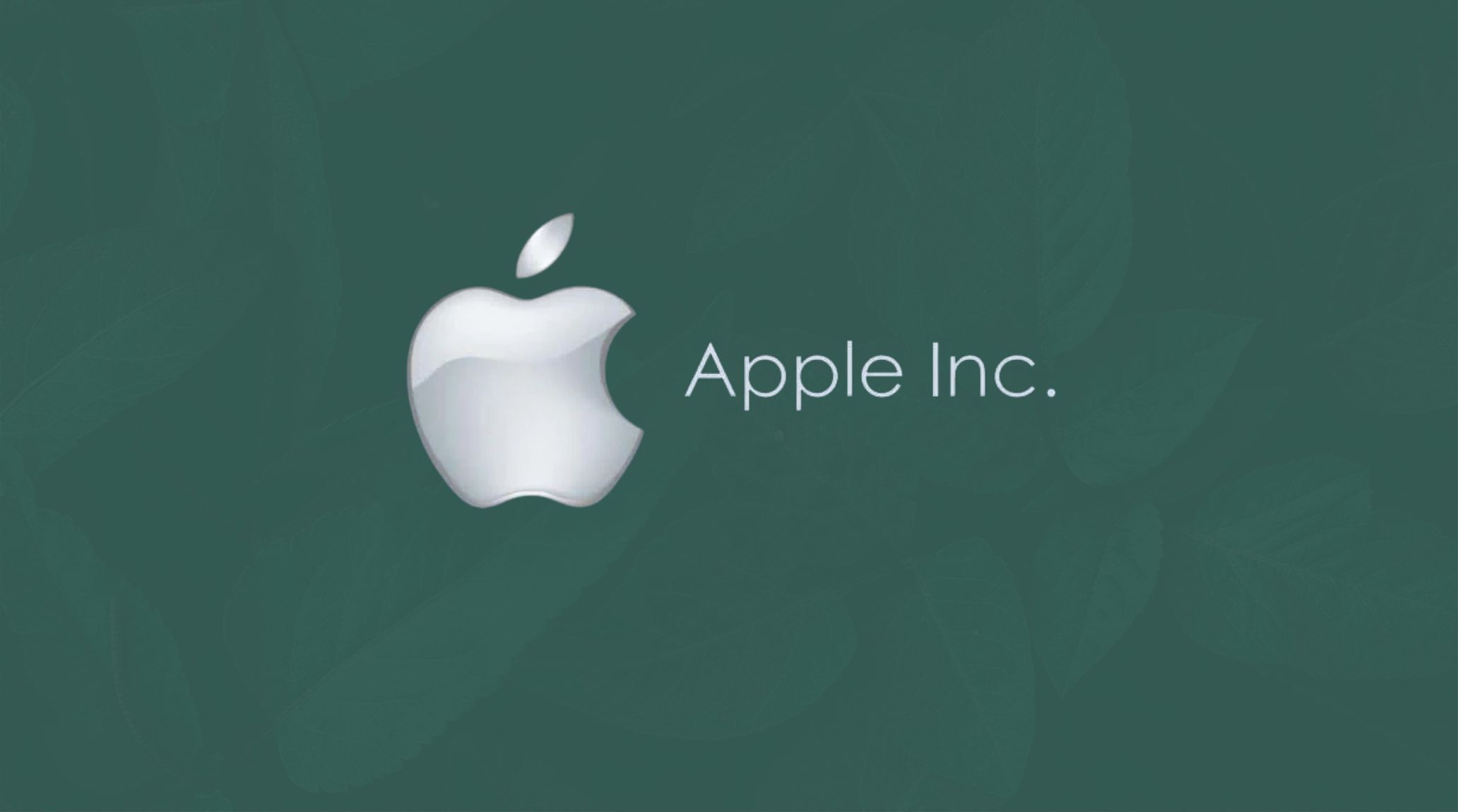
“
Apple Inc.'s business strategy centers on innovation, creating a seamless ecosystem of products and services. With a focus on premium customer experiences, cutting-edge technology, and global expansion, Apple continues to lead the tech industry while maintaining a loyal user base.1
1
”
Apple was founded in 1976 as Apple Computer, Inc., focusing on computers. The release of the iPod (2001) and iPhone (2007) revolutionized the company, with Steve Jobs leading until his death in 2011. 1
Apple was named after the fruit because of Steve Jobs' love for apples and his fruitarian diet. He believed the name sounded "fun, spirited, and not intimidating," making it ideal for the new company. 2
Apple's branding combines simplicity, elegance, and innovation to craft a premium identity, positioning its products as luxury technology items that attract loyal global consumers. 3
The first Apple logo, designed in 1976 by Ronald Wayne, featured Isaac Newton under an apple tree. In 1977, Rob Janoff introduced the simplified, iconic logo based on Steve Jobs's vision. 4

Released in 1976, Apple's first computer, the Apple I, was priced at $666.66. This unusual price, equivalent to over $3,000 today, also coincided with the number's association with the Antichrist in Christianity.
In 1986, Apple launched a clothing line that included apparel, sunglasses, watches, and even chairs. However, the collection failed to succeed and was discontinued, marking a brief and unsuccessful foray into fashion. 5
In 2011, Apple's cash reserves of $76.4 billion exceeded the U.S. government's operating cash balance of $73.7 billion, highlighting the company's substantial financial strength. 6
As of January 2024, Apple's market capitalization of approximately $3.2 trillion exceeds the GDPs of all but six countries: the United States, China, Japan, Germany, India, and the United Kingdom.7
As of December 2024, Apple's workforce has expanded by 19.71% since 2019, growing from 137,000 to 164,000 employees. However, recent data shows a decline compared to the previous year's higher numbers. 8

In the first nine months of 2024, Apple shipped 151.3 million iPhones, maintaining the same volume as Q1-Q3 2023. The all-time high of 233.9 million shipments was reached in 2021.
Samsung manufactures Apple’s iPad Retina display and produces around 30% of the A8 chips used in Apple’s iPhone 6. This collaboration highlights Samsung’s crucial role in Apple's supply chain. 9
In 2020, amidst the pandemic, Apple established a $50 million relief fund to support independent labels, demonstrating its commitment to aiding the music industry during challenging times. 10
Tony Fadell, the creator of the iPad, initially pitched the idea to RealNetworks and Philips. However, both companies failed to recognize its potential and declined the offer, missing out on the innovation. 11
Despite being fierce rivals, Microsoft invested $150 million in Apple in 1997, when the company was on the brink of bankruptcy. This crucial investment helped stabilize Apple during a challenging period. 12

Surprisingly, Apple was the first digital company to create a color digital camera, the Apple QuickTake 100, marking a significant milestone in the evolution of digital photography technology.
Apple boasts a 92% customer retention rate, reflecting unmatched brand loyalty. With approximately $150 billion in excess capital, it has the financial capacity to acquire major companies like Netflix, Twitter, Tesla, and Facebook. 13
In 2023, Apple generated $383.2 billion in revenue, with 52% of earnings driven by iPhone sales. This highlights the iPhone’s significant contribution to the company’s overall financial performance. 14
In 2020, Apple ended its 15-year partnership with Intel by introducing the M1 chip, marking a major shift towards in-house silicon for improved performance, efficiency, and greater control over hardware integration. 15
As Apple’s CEO, Steve Jobs earned a fixed annual salary of just $1. However, his significant company shares contributed to an estimated net worth of $10.2 billion at the time of his death. 16
AirPower, an unreleased Apple wireless charging mat, aimed to charge three devices, including iPhone, AirPods, and Apple Watch. Announced in 2017, it was canceled in 2019 due to technical challenges. 17


